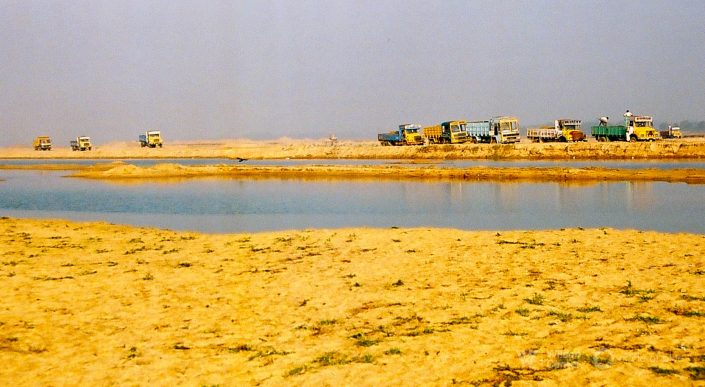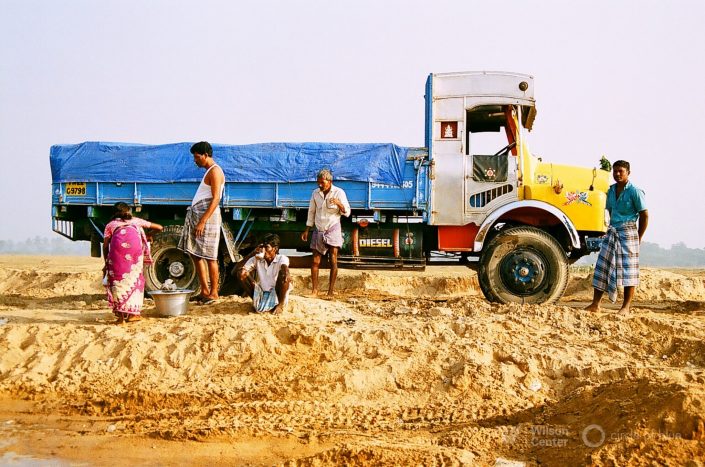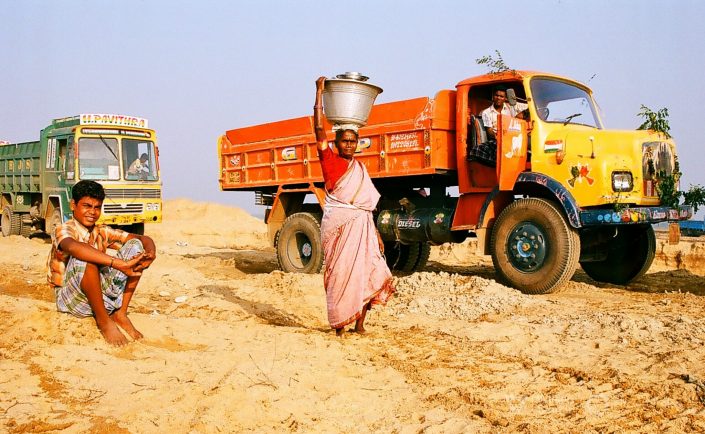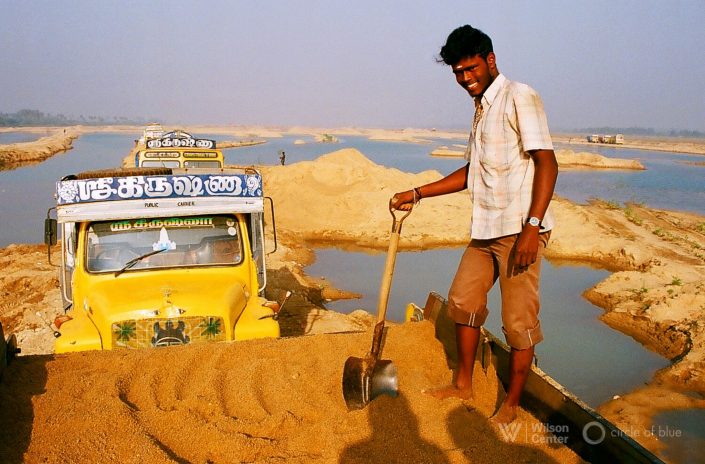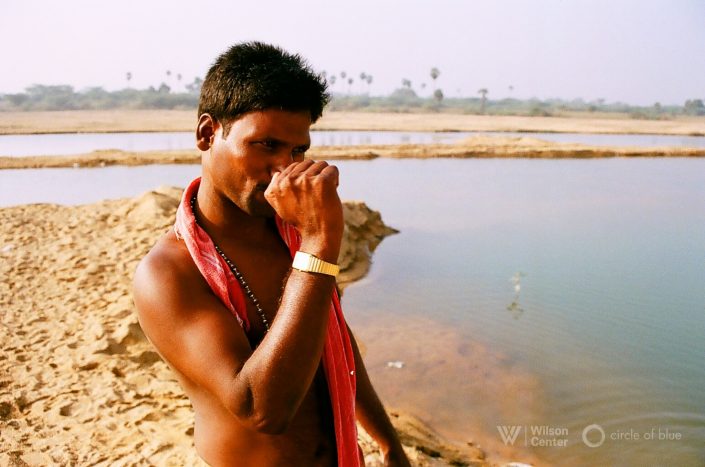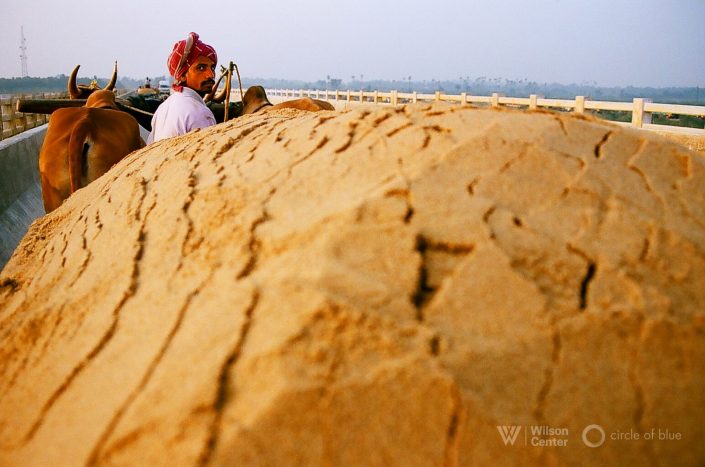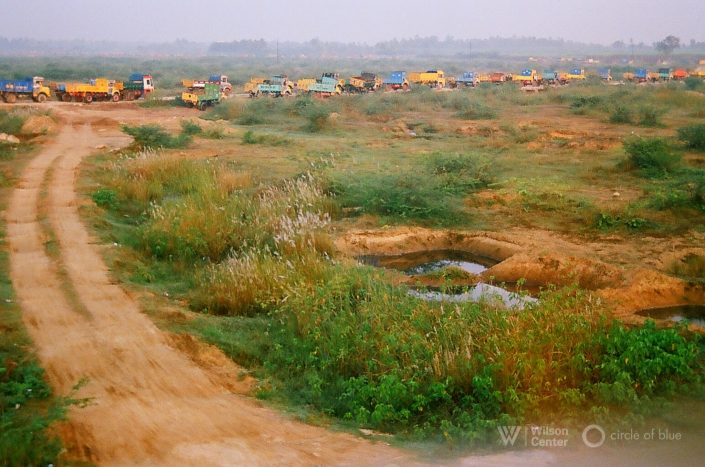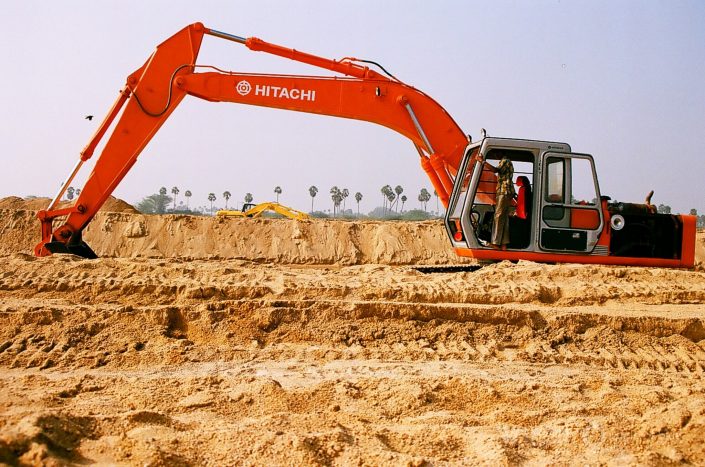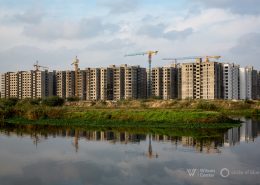 https://www.circleofblue.org/wp-content/uploads/2018/11/2017-01-India-Tamil-Nadu-DMalhotra_C4A7610-2500.jpg
1600
2400
Keith Schneider
https://www.circleofblue.org/wp-content/uploads/2018/06/Circle-of-Blue-Water-Speaks-600x139.png
Keith Schneider2018-07-03 15:03:082019-06-24 15:35:12Chennai’s Security Tied to Cleaning Up Its Water
https://www.circleofblue.org/wp-content/uploads/2018/11/2017-01-India-Tamil-Nadu-DMalhotra_C4A7610-2500.jpg
1600
2400
Keith Schneider
https://www.circleofblue.org/wp-content/uploads/2018/06/Circle-of-Blue-Water-Speaks-600x139.png
Keith Schneider2018-07-03 15:03:082019-06-24 15:35:12Chennai’s Security Tied to Cleaning Up Its WaterPursuing Riches, Miners Plunder Tamil Nadu’s River Sand
Unrelenting demand for cement drives illegal and damaging industry.
By Sibi Arasu
Circle of Blue – May 31, 2017
Needless to say, there is river and beach sand aplenty in Tamil Nadu. At 130,000 square kilometres (50,200 square miles), the state is about the same size as Nicaragua. Ninety-five rivers with sandy bottoms and shorelines cut across it. There are at least 17 sand-rich river basins. With the Bay of Bengal forming its eastern border, Tamil Nadu also has the second longest sandy beachfront in India, stretching over 1,076 kilometers (670 miles).
For almost all of its thousand year history Tamil Nadu took all that sand for granted. No longer. India’s construction boom, which this year is projected to generate $US 165 billion of India’s $2.5 trillion gross domestic product, is largely built on concrete that requires millions of tons of sand.
Various estimates by universities and media groups find that sand mining is now a 500 million-metric-ton annual industry in India that employs 35 million people and could generate over $50 billion a year in revenue. Those same investigators assert that much of India’s sand is mined illegally by miners who not only defy national regulators and court orders to halt the unlawful practices, but also intimidate and sometimes murder their critics. Sand mining in India is a classic example of development goals submerging ecological safety.
Among the industry’s many targets is 50-year-old S Mugilan, a grassroots activist whose life is a study in what his colleagues view as courage and his family thinks amounts to recklessness. The latest attack came in mid-December 2016. At a bend in the road a lorry blocked the route along which Mugilan was travelling with an activist colleague and his three children. They were driving back at night from a public meeting against the plundering of sand from the River Cauvery by politically connected contractors and sand-mining agents near the Tamil Nadu town of Karur.
A dozen hired thugs fell upon their car. ‘Managing to open the door, they pulled me out legs first but I clung on desperately,” Mugilan said in an interview. “They grabbed my throat and asked me to leave Karur and never come back. Even though it lasted for only about 10 minutes, they managed to hurt me pretty badly. The locals, seeing us being attacked, rushed to the car and the thugs dispersed. The children were traumatized.”
Later that night, Mugilan visited the home of the district collector, who serves as the area magistrate, held a dharna, a sit-n (sit-in), while requesting a case of criminal assault to be registered. Mugilan demonstrated for hours.
The next morning he learned that a counter-charge had been registered, alleging that Mugilan and his companions were the perpetrators of the violence. ”This is what usually happens. It’s just another day in the life of anyone like me who the powers-that-be are afraid of,” he said. “At least now we know that we are making a real impact here.”
The Costs of Rampant Sand Mining
Mugilan’s work, and that of a small group of other mining opponents, is aimed at one outcome: protecting Tamil Nadu’s rivers, aquifers and beaches. Mining large amounts of sand causes significant erosion on river beds, shorelines, and on the state’s beaches. The cascade of damaging effects from mining include bird and fish habitats ruined by runaway sand in water columns. Riverbeds also perform vital hydrological functions. They store water and allow aquifers to refill. And by absorbing water they can limit damage from flooding. Because of aggressive mining bottoms two of the state’s major rivers, the Thamirabarani and the Palar, have dropped 15 meters (50 feet) in the past two decades, according to state measurements.
The Tamil government estimates that between 5,500 and 6,000 truckloads, each measuring of 200 cubic feet of sand each are mined in Tamil Nadu every day. But Mugilan puts the number much higher, at 90,000 truckloads or more. He also disputes the state public works department’s assertion that the market rate for sand is $US 105 to $US 120 per truckload. The actual price, he says, is $US 300 to $US 600, and much more if it is trucked out of state.
Those kind of numbers galvanizes miners. Sand mining on the Bay of Bengal shoreline is so rampant that entire stretches of beaches have disappeared. Just one case filed in the Madras High Court alleges that $14 billion worth of sand was illegally mined by a single mafia boss and his company. In the village of Idinthakarai, Mugilan and other activist assert that mining opponents have been brutally killed for raising their voices in protest.
‘This state’s natural resources are being destroyed in the name of development,” said Mugilan. “People need to understand that natural resources are their common property. They have to protect them from those who are trying to exploit them for commercial purposes.”
Orders From Above
Across India, sand mining opponents assert that government agencies do not want to shut down illegal mines. Mugilan alleges that state regulators and lawmakers are complicit. In December, Tamil authorities arrested Shekhar Reddy and several associates in the mining business. They also removed Chief Secretary P. Rama Mohana Rao, a senior state government official. Authorities accused the men of being “sand mining mafia.” In the arrest complaint the men were accused of damaging the coastline and destroying livelihoods of impoverished communities. The Central Bureau of Investigation said it recovered large amounts of cash and gold from Reddy’s home in Chennai.
“For every truckload of sand that is mined, legal or illegal, we estimate that 200 rupees [$3] goes to a close aide of the state’s chief minister,” Mugilan said.
In his 2014 book Thathu Manal Kollai (The Stealing of Beach Sand) Mugilan asserted that the state’s biggest miner of beach sand is a prominent industrialist named S. Vaikundarajan who is chairman of VV Minerals, India’s leading exporter of industrial minerals. Vaikundarajan also owns a Tamil news channel, among other interests, and has close ties to ministers in the ruling All India Anna Dravida Munnetra Kazhagam party. In 2013, the industrialist’s name appeared in a state investigation of illegal sand mining worth $14.3 billion in southern Tamil Nadu’s Tuticorin district, according to The Economic Times.
A Profession Under Constant Threat
Mugilan says matter of factly that his work puts him in continuing danger. He lives in modest home in Chennimalai, a small town about 450 kilometres (280 miles) southwest of Chennai, the state capital. Mugilan, who is trained as an engineer, was raised in the home, the son of an agriculture specialist. He now shares it with his wife, M Poongkodi, who manage a desktop publishing center in town. His son, M Karmugil, is pursuing an undergraduate degree in zoology in the nearby Coimbatore.
Mugilan works with a loose coalition of activists and community members that changes with each campaign. He travels across the state helping organize communities affected by industries and environmental problems. During prolonged campaigns he stays at the campaign site and visits home, at best, sporadically.
He has been threatened many times, as well as arrested for sedition and jailed. Others have been less fortunate. Although poorly documented, anecdotal accounts and scattered news reports indicate that numerous activists and government officials have been injured or killed for opposing Tamil Nadu’s illegal sand miners.
A report in the progressive news magazine Frontline details some of these incidents. Among them: An 81-year-old retired teacher named Sam Devasagayam, who was campaigning against illegal sand mining in the Thamirabarani River, was hacked to death in 2014. The same year, a 43-year-old police constable named G Kanakaraj was run over by a truck carrying illicitly mined sand. And a government official and four colleagues narrowly escaped when a truck carrying sand rammed into their car.
Two years earlier, twenty-four-year-old Satheesh Kumar was killed by a speeding truck while standing guard against sand mining in the Nambiyar River. A farmer’s hand was chopped off in Madurai District when he refused to part with his land for granite mining. These cases reported by Frontline are just a few among many more recorded and unrecorded deaths and injuries.
“I can think of at least four government officials who have been killed because of their stringent positions against sand mining in the last decade or so,” said S. Amudhan, a sand mining activist, said in an interview. “Most of the attacks are attributed to negligent driving or road accidents and the connections between their efforts to curb sand mining and their deaths are hardly ever laid out.”
Mugilan said he knows of at least 20 people, including activists, villagers, and government officials, who have lost their lives over sand and granite mining, and countless others who have been injured.“These deaths are seldom reported in the media since the regional journalists too are targeted if they are to report on these incidents. When the entire system is in their hands, it’s sometimes difficult to get the word out,” he said.
Mugilan has gotten used to the threats and claims that his family has, too. “My wife now just says ‘you can do what you want,’ whenever someone calls our home to threaten us. Both she and my son accept that what we’re trying to do is important and goes beyond just our family,” he said. “We are fighting against the greatest monopolies and power mongers in our region. So threats are inevitable. The point is to keep on going.
“When I was growing up, we could take the water right out of the Noyyal River and drink. We used to play in the river for hours, spend so much time there. My son can never experience the same. Maybe through our efforts, we can bring the region back to how it was, or at least a semblance of it.”
Sibi Arasu is an independent journalist based in Chennai. He tweets @sibi123.
The seventh in a series of reports by Circle of Blue and the Wilson Center on the global implications of water, energy, and food challenges in the south India state of Tamil Nadu.
More Choke Point: Tamil Nadu
Read the full series of reports on the global implications of water, energy, and food challenges in the south India state of Tamil Nadu.
 https://www.circleofblue.org/wp-content/uploads/2018/11/2017-01-India-Tamil-Nadu-DMalhotra_C4A7610-2500.jpg
1600
2400
Keith Schneider
https://www.circleofblue.org/wp-content/uploads/2018/06/Circle-of-Blue-Water-Speaks-600x139.png
Keith Schneider2018-07-03 15:03:082019-06-24 15:35:12Chennai’s Security Tied to Cleaning Up Its Water
https://www.circleofblue.org/wp-content/uploads/2018/11/2017-01-India-Tamil-Nadu-DMalhotra_C4A7610-2500.jpg
1600
2400
Keith Schneider
https://www.circleofblue.org/wp-content/uploads/2018/06/Circle-of-Blue-Water-Speaks-600x139.png
Keith Schneider2018-07-03 15:03:082019-06-24 15:35:12Chennai’s Security Tied to Cleaning Up Its Water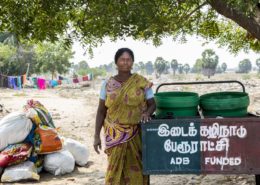 https://www.circleofblue.org/wp-content/uploads/2017/05/2015-02_C4A4885-DMalhotra-2500-e1498222900407.jpg
1090
2042
Keith Schneider
https://www.circleofblue.org/wp-content/uploads/2018/06/Circle-of-Blue-Water-Speaks-600x139.png
Keith Schneider2017-06-23 08:52:432018-11-29 14:59:30This is Tamil Nadu
https://www.circleofblue.org/wp-content/uploads/2017/05/2015-02_C4A4885-DMalhotra-2500-e1498222900407.jpg
1090
2042
Keith Schneider
https://www.circleofblue.org/wp-content/uploads/2018/06/Circle-of-Blue-Water-Speaks-600x139.png
Keith Schneider2017-06-23 08:52:432018-11-29 14:59:30This is Tamil Nadu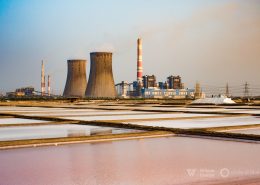 https://www.circleofblue.org/wp-content/uploads/2017/06/2017-01-India-Tamil-Nadu-DMalhotra_C4A5938-2500.jpg
1366
2048
Keith Schneider
https://www.circleofblue.org/wp-content/uploads/2018/06/Circle-of-Blue-Water-Speaks-600x139.png
Keith Schneider2017-06-14 06:42:312017-08-22 12:19:45Mindful of Water Scarcity, Cost, and Pollution, Tamil Nadu Turns to Sun and Wind Power
https://www.circleofblue.org/wp-content/uploads/2017/06/2017-01-India-Tamil-Nadu-DMalhotra_C4A5938-2500.jpg
1366
2048
Keith Schneider
https://www.circleofblue.org/wp-content/uploads/2018/06/Circle-of-Blue-Water-Speaks-600x139.png
Keith Schneider2017-06-14 06:42:312017-08-22 12:19:45Mindful of Water Scarcity, Cost, and Pollution, Tamil Nadu Turns to Sun and Wind Power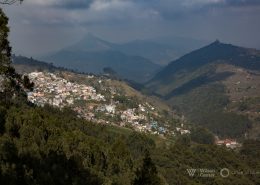 https://www.circleofblue.org/wp-content/uploads/2017/06/2017-01-India-Tamil-Nadu-DMalhotra_C4A6606-2500.jpg
1667
2500
Keith Schneider
https://www.circleofblue.org/wp-content/uploads/2018/06/Circle-of-Blue-Water-Speaks-600x139.png
Keith Schneider2017-06-06 15:56:442018-12-04 13:51:22India’s Toxic Trail of Tears
https://www.circleofblue.org/wp-content/uploads/2017/06/2017-01-India-Tamil-Nadu-DMalhotra_C4A6606-2500.jpg
1667
2500
Keith Schneider
https://www.circleofblue.org/wp-content/uploads/2018/06/Circle-of-Blue-Water-Speaks-600x139.png
Keith Schneider2017-06-06 15:56:442018-12-04 13:51:22India’s Toxic Trail of Tears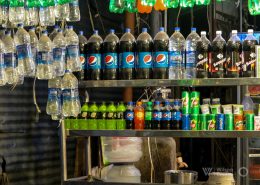 https://www.circleofblue.org/wp-content/uploads/2017/05/2017-01-India-bottled-water-KSchneider-IMG_6676-logo-2500.jpg
1180
2048
Keith Schneider
https://www.circleofblue.org/wp-content/uploads/2018/06/Circle-of-Blue-Water-Speaks-600x139.png
Keith Schneider2017-05-24 13:12:552018-12-04 11:27:01The Right to Life and Water: Drought and Turmoil for Coke and Pepsi in Tamil Nadu
https://www.circleofblue.org/wp-content/uploads/2017/05/2017-01-India-bottled-water-KSchneider-IMG_6676-logo-2500.jpg
1180
2048
Keith Schneider
https://www.circleofblue.org/wp-content/uploads/2018/06/Circle-of-Blue-Water-Speaks-600x139.png
Keith Schneider2017-05-24 13:12:552018-12-04 11:27:01The Right to Life and Water: Drought and Turmoil for Coke and Pepsi in Tamil Nadu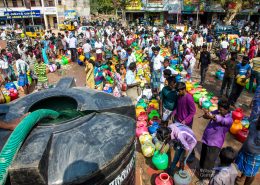 https://www.circleofblue.org/wp-content/uploads/2017/05/2017-01-India-Tamil-Nadu-DMalhotra_C4A6151-2500.jpg
1667
2500
Keith Schneider
https://www.circleofblue.org/wp-content/uploads/2018/06/Circle-of-Blue-Water-Speaks-600x139.png
Keith Schneider2017-05-12 07:18:152019-06-24 15:35:29In City Prone to Drought, Chennai’s Water Packagers Rush In
https://www.circleofblue.org/wp-content/uploads/2017/05/2017-01-India-Tamil-Nadu-DMalhotra_C4A6151-2500.jpg
1667
2500
Keith Schneider
https://www.circleofblue.org/wp-content/uploads/2018/06/Circle-of-Blue-Water-Speaks-600x139.png
Keith Schneider2017-05-12 07:18:152019-06-24 15:35:29In City Prone to Drought, Chennai’s Water Packagers Rush In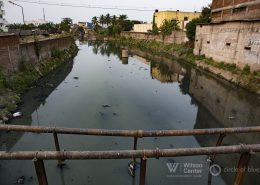 https://www.circleofblue.org/wp-content/uploads/2017/05/2015-02_C4A5036-DMalhotra-2500.jpg
1366
2048
Circle Blue
https://www.circleofblue.org/wp-content/uploads/2018/06/Circle-of-Blue-Water-Speaks-600x139.png
Circle Blue2017-05-03 13:07:132018-12-04 11:19:10Rampage of Water and Social Entrepreneurs Push Chennai to Consider New Growth Strategy
https://www.circleofblue.org/wp-content/uploads/2017/05/2015-02_C4A5036-DMalhotra-2500.jpg
1366
2048
Circle Blue
https://www.circleofblue.org/wp-content/uploads/2018/06/Circle-of-Blue-Water-Speaks-600x139.png
Circle Blue2017-05-03 13:07:132018-12-04 11:19:10Rampage of Water and Social Entrepreneurs Push Chennai to Consider New Growth Strategy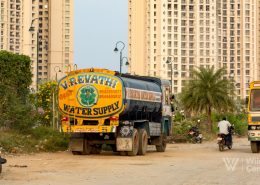 https://www.circleofblue.org/wp-content/uploads/2017/04/2017-01-India-Tamil-Nadu-DMalhotra_C4A7108-2500-e1493125279687.jpg
620
1600
Circle Blue
https://www.circleofblue.org/wp-content/uploads/2018/06/Circle-of-Blue-Water-Speaks-600x139.png
Circle Blue2017-04-25 07:07:522019-06-24 15:37:01A Torrent of Water and Concrete Imperil Chennai’s IT Boom
https://www.circleofblue.org/wp-content/uploads/2017/04/2017-01-India-Tamil-Nadu-DMalhotra_C4A7108-2500-e1493125279687.jpg
620
1600
Circle Blue
https://www.circleofblue.org/wp-content/uploads/2018/06/Circle-of-Blue-Water-Speaks-600x139.png
Circle Blue2017-04-25 07:07:522019-06-24 15:37:01A Torrent of Water and Concrete Imperil Chennai’s IT Boom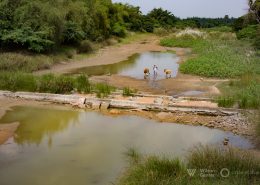 https://www.circleofblue.org/wp-content/uploads/2017/04/2017-01-India-Tamil-Nadu-DMalhotra_C4A5709-2500-1.jpg
1667
2500
Keith Schneider
https://www.circleofblue.org/wp-content/uploads/2018/06/Circle-of-Blue-Water-Speaks-600x139.png
Keith Schneider2017-04-19 12:16:272018-12-03 15:03:56Water Scarcity Causes Cauvery Delta Anguish
https://www.circleofblue.org/wp-content/uploads/2017/04/2017-01-India-Tamil-Nadu-DMalhotra_C4A5709-2500-1.jpg
1667
2500
Keith Schneider
https://www.circleofblue.org/wp-content/uploads/2018/06/Circle-of-Blue-Water-Speaks-600x139.png
Keith Schneider2017-04-19 12:16:272018-12-03 15:03:56Water Scarcity Causes Cauvery Delta Anguish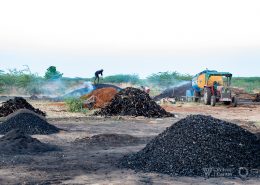 https://www.circleofblue.org/wp-content/uploads/2017/04/2017-01-India-Tamil-Nadu-DMalhotra_C4A5854-2500.jpg
1439
2500
Keith Schneider
https://www.circleofblue.org/wp-content/uploads/2018/06/Circle-of-Blue-Water-Speaks-600x139.png
Keith Schneider2017-04-11 08:41:062018-12-03 14:58:52Chased by Drought, Rising Costs, and Clean Technology, India Pivots on Coal-Fired Power
https://www.circleofblue.org/wp-content/uploads/2017/04/2017-01-India-Tamil-Nadu-DMalhotra_C4A5854-2500.jpg
1439
2500
Keith Schneider
https://www.circleofblue.org/wp-content/uploads/2018/06/Circle-of-Blue-Water-Speaks-600x139.png
Keith Schneider2017-04-11 08:41:062018-12-03 14:58:52Chased by Drought, Rising Costs, and Clean Technology, India Pivots on Coal-Fired PowerChoke Point:
The conflicting demand for water, food, and energy is one of the defining challenges of the 21st century. Global Choke Point, a collaboration between Circle of Blue and the Wilson Center, explores the peril and promise of this nexus with frontline reporting, data, and policy expertise. “Choke Point: Tamil Nadu” is supported by the U.S. Consulate General in Chennai. Jayshree Vencatesan of Care Earth Trust, Nityanand Jayaraman, and Amirtharaj Stephen provided expertise and invaluable guidance.
Sources: Bloomberg New Energy Finance, Central Electricity Authority (India), Circle of Blue, Community Environmental Monitoring, Enerdata, Frankfurt School of Finance and Management, Ministry of Coal (India), Public Finance Public Accountability Collective, The Times of India, U.S. Energy Information Administration, United Nations Environment Program.
Photo Credits: Used with permission courtesy of Dhruv Malhotra/Circle of Blue. Map and Graphics: Used with permission courtesy of Cody Pope/Circle of Blue.
Related
© 2023 Circle of Blue – all rights reserved
Terms of Service | Privacy Policy

